Mobility Issues
We believe all pets can be super!
Mobility issues in dogs can arise from a variety of causes, including aging, injuries, genetics, or underlying medical conditions. These issues can significantly impact a dog's quality of life, but with proper care and management, many dogs can still lead fulfilling lives. Here are some common mobility issues in dogs:
Arthritis: Arthritis is a common cause of mobility problems in older dogs. It causes inflammation and degeneration of the joints, leading to stiffness, pain, and reduced mobility. Medications, physical therapy, weight management, and joint supplements can help manage arthritis in dogs.
Obesity: Excess weight can strain a dog's joints and exacerbate mobility issues. Weight management through a balanced diet and regular exercise is crucial to improving mobility in overweight dogs.
Age-Related Decline: As dogs age, they may naturally experience a decline in mobility due to muscle atrophy and joint degeneration. Gentle exercise, joint supplements, and regular veterinary check-ups can help manage age-related mobility issues.
Traumatic Injuries: Accidents or injuries, such as fractures, dislocations, or soft tissue damage, can impact a dog's mobility. Treatment depends on the specific injury and may include surgery and rehabilitation.
Amputations: In some cases, amputations are necessary due to severe injuries or cancer. Dogs can adapt remarkably well to life on three legs, but they may require some modifications to their environment and activities.
Osteoarthritis: Osteoarthritis is a progressive joint disease that can affect dogs of all ages. It leads to pain and decreased mobility. Treatment options include pain management, physical therapy, and joint supplements.
Other common mobility issues are Hip Dysplasia, Spinal/ Intervertebral Disc Disease (IVDD), Ligament Injuries and Neurological Disorders.
Specific therapies, medications, exercises, and lifestyle adjustments tailored to your dog's needs can help with mobility issues.
Would you like to know what to do to help your pet with mobility issues?
These “do at home” therapies are meant as an early guide while you are sorting out appropriate professional care for your fur baby, please consult with your Veterinarian to confirm what condition your beloved pet is suffering from before starting any rehabilitation plan.
Oodles - 16 year old Schnoodle
‘His quality of life has substantially improved. Increase movement, less stiffness. Oodles can’t wait to get here.


